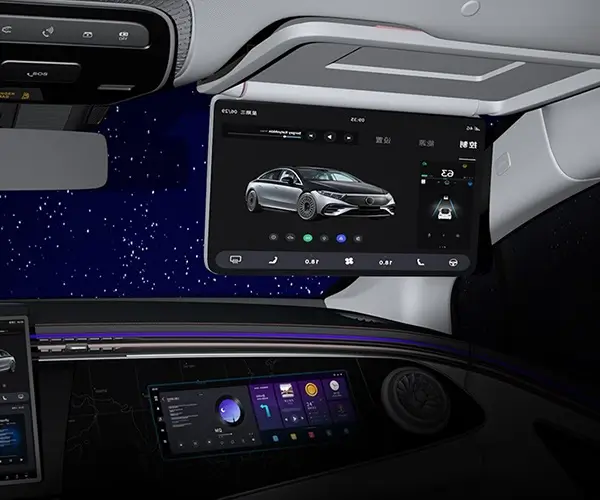When diving into the world of automation, robotics, or even just some DIY projects, you've probably bumped into the question: servo motors or stepper motors? It’s like choosing between a speedboat and a sailboat—both have their charm, but which one fits your needs best?

Imagine trying to control a robotic arm or a CNC machine. The choice between these two isn’t just about fancy specifications; it’s about what works in your everyday reality. Here’s the scoop—stepper motors are the reliable workhorses. They’re simple, affordable, and do a decent job at precise position control. When you send pulses, they take predictable steps, making them perfect for applications where you don’t need high speed but need accuracy. Think of a 3D printer; it’s all about steady, repeatable movements, and a stepper does just that.
But then, there’s the servo motor, the slick performer that’s all about finesse and efficiency. These motors are usually paired with encoders, letting them know exactly where they are at any moment. That means they can accelerate, decelerate, and handle complex motion profiles without breaking a sweat. If you’re designing something that needs quick response times or dynamic adjustments—like a robotic drone or a camera gimbal—servos become the star of the show. They’re more expensive but shine in environments demanding agility and precision.
People often ask: “If I need a simple setup, which should I pick?” Easy. If your project leans towards repetitive, predictable movements with minimal speed requirements, stepper motors stand out. They’re like that trusty bicycle—simple, dependable, and easy to handle. On the flip side, if your project needs smooth motion, quick changes, or dynamic control, a servo can give you a smoother ride, like switching to a motorcycle with a more refined control system.
And what about maintenance? Steppers are pretty straightforward—no fancy sensors, no fuss. Servos, with their encoders and feedback loops, are a bit more delicate but get the job done with elegance. It’s like choosing between a rugged truck and a sleek sports car. Both get you somewhere, but one might need a bit more attention if you’re pushing it hard.
In real-world application, the decision is often about balancing budget, precision needs, and speed. Want something that just works at a basic level? Stepper. Need finesse, speed, and responsiveness? Servo. The trick is understanding what your project demands—think about how much control you need over your movements and how much you’re willing to invest.
Sometimes, it’s not just about what’s technically better but what fits the task. You might find yourself dreaming of a machine that moves like silk but end up with a humble stepper because it gets the job done without breaking the bank.
So next time you’re sitting down to plan your setup, toss those options around in your mind. Neither is inherently superior; they’re just different tools in the toolbox, each excelling under different circumstances. It’s all about tuning your choice to your project's rhythm.
Established in 2005, Kpower has been dedicated to a professional compact motion unit manufacturer, headquartered in Dongguan, Guangdong Province, China. Leveraging innovations in modular drive technology, Kpower integrates high-performance motors, precision reducers, and multi-protocol control systems to provide efficient and customized smart drive system solutions. Kpower has delivered professional drive system solutions to over 500 enterprise clients globally with products covering various fields such as Smart Home Systems, Automatic Electronics, Robotics, Precision Agriculture, Drones, and Industrial Automation.




































